My Visual Thinking Journey
Two years ago I decided to get a PhD in molecular biology – a big leap for a computer engineer. But how we deal with computers is universally applicable. I turned my shortcoming into my superpower.
My Blog has moved
If you want to receive new content, updates, and tips, head out to my website.
My journey started as a volunteer in a biology lab, in the arid town of Tucson, Arizona. I was lucky enough to find someone who trusted me to take the first baby steps in learning biology.
He gave me a book - “The Alberts” (for the biologists out there) and started just to guide me through the central dogma of modern biology.
I started to learn, the way I always learned: Book - Notebook - Mechanical pencil - Electronic Music. I did enjoy that quite a lot. But soon enough I started to discover that while I was entertained, the knowledge didn’t stick.
In this newsletter you can learn what I did wrong and how I eventually managed to succeed. The key: Visual Talking.
All of this is part of the Effortless Academic Workshop on January 28th.
The workshop is available as a recording as well, and you will gain access to a private community to ask me anything you want about your particular challenges.
Zooming IN vs. Zooming OUT
Domains are different. In Mathematics and Computer Science knowledge is hierarchic. Every formula, every algorithm can be broken down by zooming IN, until you get to the axiomatic “1+1=2”.
Biology is different - a process is mostly understood by zooming OUT.
While in math and computers, there is usually ONE way to do something optimally, the inner workings of the cell are somewhat of a Hieronymus Bosh painting with a million things happening in a million ways. (At least to my uninitiated eye).
Zooming IN is the sure way to get lost. (Don’t believe me? I dare you to find the guy with a flower growing out of his butt in this painting and then explain to me: why?)
It was hard learning to decide where to stop going down the rabbit hole. While in biology it seems like a rabbit hole - in reality it is an endless labyrinth and you might even come back to where you started. More confused and battered.
Biological knowledge is network knowledge, only zooming out allows you to see the structure.
Looking up and Remembering
What I woefully had to realise is how much I forget. I would read and understand a mechanism inside the cell only to completely forget its details a week later and having to revisit it.
It was infuriating. At some point I even started supplementing Omega-3 fish oil, because I felt maybe my brain at 36 is not as good as it was at 21.
Now I think that the problem is twofold:
To remember we need to repeat.
To repeat we need to quickly and easily access what we forgot.
This last part is where I struggled.
It is “in my notebook”, but where? More often than not I would end up googling. Which required me to put away the paper and open up the laptop - or even worse use my phone.
Paper is great for capturing and diagramming. It is good at capturing sequences like deriving a formula.
But: Paper is terrible for looking things up.
The switch to digital
So after a while and especially when things got really specific, I moved on to using Notion. (A mainstream note-taking tool).
I created huge databases of things. Partially connected them.
Now finding things happened fairly quickly.
But there were a few problems here too:
Notion allowed me only one “vault” - so I had to mix all my reading on a crumbling relationship, Startups and molecular biology with shopping and movie lists.
While looking up things was easy, I could not “fly” around my notes and develop thoughts - it was more of a database for lookup.
Everything was a reflection, not a continuation. A copy in my own words at best. There was little added value to the information inside my notes vs the original source.
Did I take the notes wrong? What was missing?
The visual thinking revelation
One time I was so confused by a paper and the amount of auxiliary information it just assumed. That I decided to spend as much as it takes, to absolutely OWN the paper.
No compromises, I wanted to understand everything. So I spent about two or three days reading a single paper.
First time I tried to draw it on paper - then quickly realised that I’d have to redraw it a million times and that it would never fit.
So I started using draw.io. An open-source tool for creating diagrams like this.
It quickly became apparent that I needed to develop a visual language and be consistent with it.
While it started reasonably with a few arrow types and shapes - it quickly grew to dozens and dozens of “words”. Here is a more refined example:
I think it is important that this is MY language, I made it up and kept tinkering with it until it felt right.
Visual thinking for everything
My diagrams started evolving. I could capture papers and soon made the leap to concepts.
Here is an example for the “stress response” of a cell, composed of many papers I read. The nodes here are much more generic: “Protein synthesis” or “Cell Death”.
Notice also how slowly the aesthetics started changing. As I developed my “visual language” I tinkered with shapes and colours until those diagrams started to be pleasant to look at.
More importantly notice the new component in this image: Some of the links in the diagram have papers attached to them (even as clickable links!).
It sounds insignificant but it was a total game changer.
Just attaching source papers to connections in the graph allowed me to map my whole vault of knowledge into a single diagram.
This is a tiny outtake of a theory that started to form, as I was progressing with this methodology:
Notice how we moved on from understanding a single paper to understanding 6 papers mentioned just in this tiny outtake above?
This is what I mean by ZOOMING OUT that is the key to capturing knowledge, when it is inherently a network.
Knowledge lives in the connection
By just observing this process we see that our knowledge lies in the connections between the notes. Not in the notes themselves – counterintuitive isn’t it? Yet it is absolutely unambiguous, try it!
That key revelation is what made me rethink how I take academic notes and facilitated the switch to Obsidian.
Every note essentially represents a single node in the graphical examples above - so what we want is to see connections from that node to whatever is around it.
Obsidian is shockingly good at that! Thanks to a single feature: Hover-preview. Hold the ctrl or cmd keys and hover over a note to see it in action:
Using these I was now able to capture information, see the nearer context, and with the drawio diagrams see the big picture. Research now became an exciting back-and-forth chase between these two mediums.
(There is also an extension called “Diagrams” that lets you integrate drawio into Obsidian.)
Obsidian Canvas
Recently obsidian introduced the canvas feature, which is impressive, but by far not powerful enough to develop a visual language like the one I showed you here.
It is however great for getting a better overview of your notes. See for example the reference manager I built with that.
Summary
Understand what type of knowledge you are dealing with: hierarchical vs networks. This defines what medium is best to capture it.
Network knowledge is captured by zooming out - Hierarchic knowledge is captured by zooming in.
Develop a visual language for yourself to map parts of the domain and live the saying: “A picture tells more than a 1000 words“. It takes a while, but it is worth it.
Zoom OUT by assigning information to the connections (or edges) of your knowledge graph.
Online Workshop: The Effortless Academic 101
If you think, this technique is useful for your research career, please join my online workshop.
It will include more detailed explanations of the whole process, as well as many many other helpful tools, techniques, and methods to get things done in academia.
January 28th (early evening in Europe, around noon in the US). Price: 15$. Recording available.


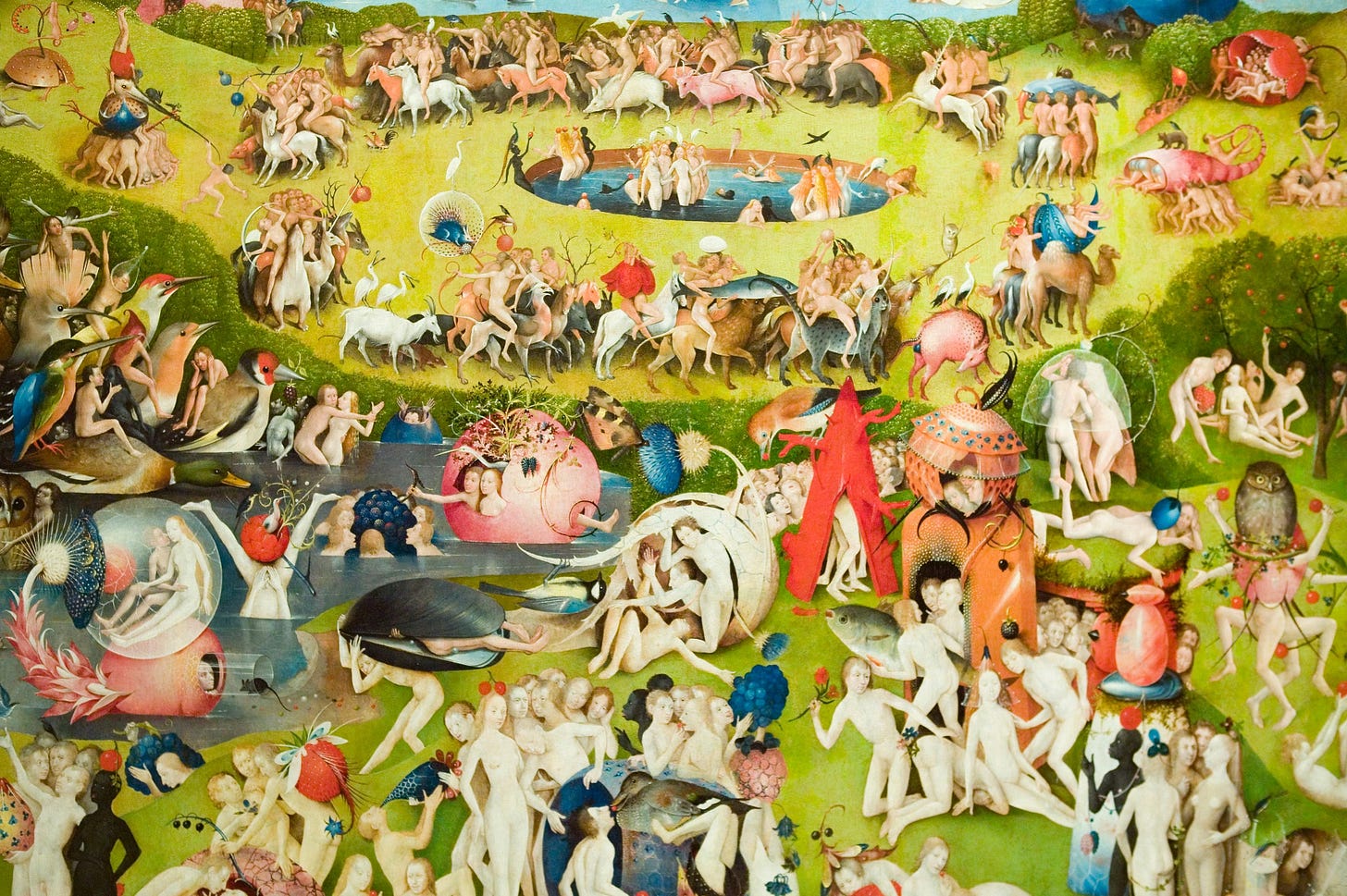
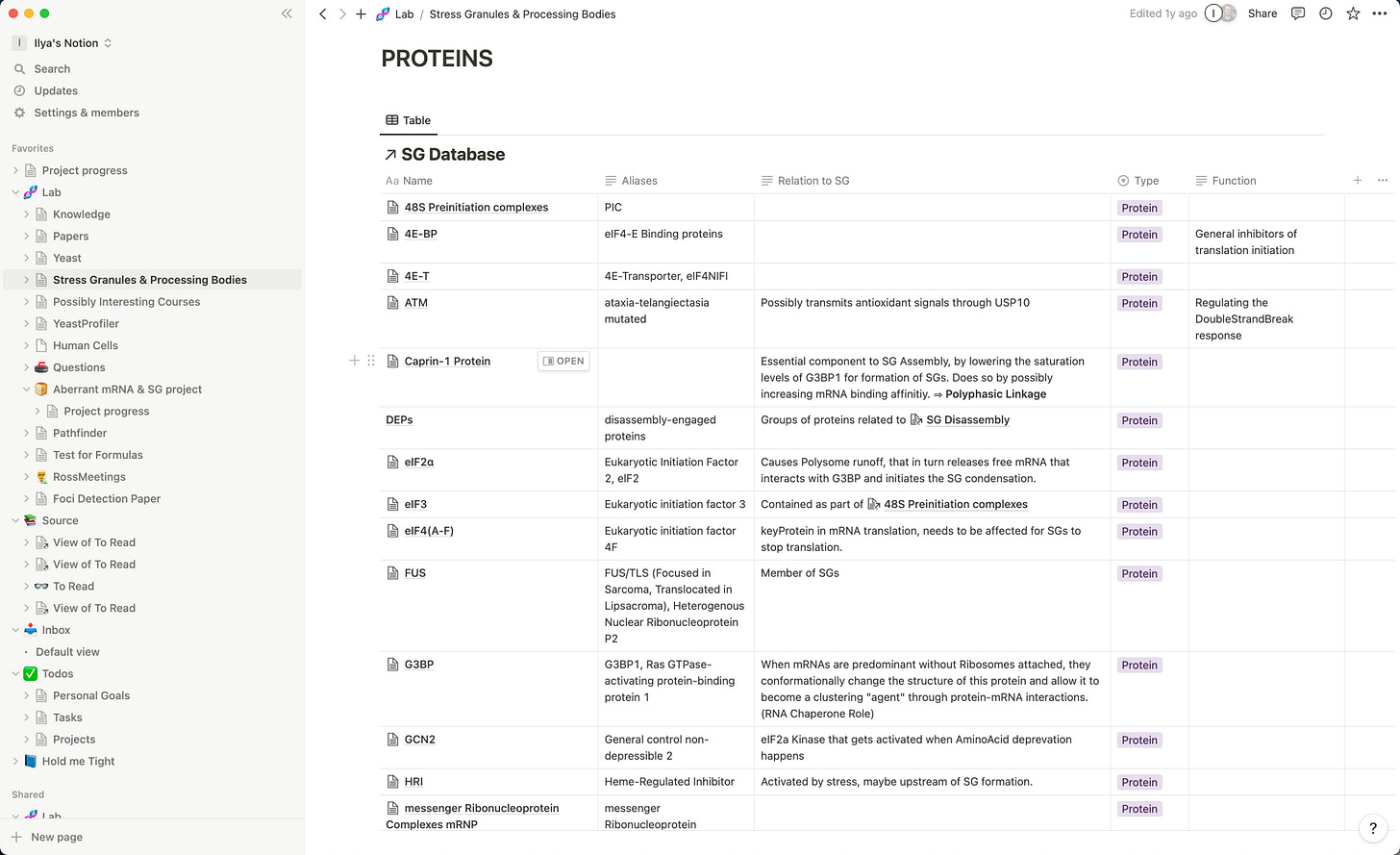
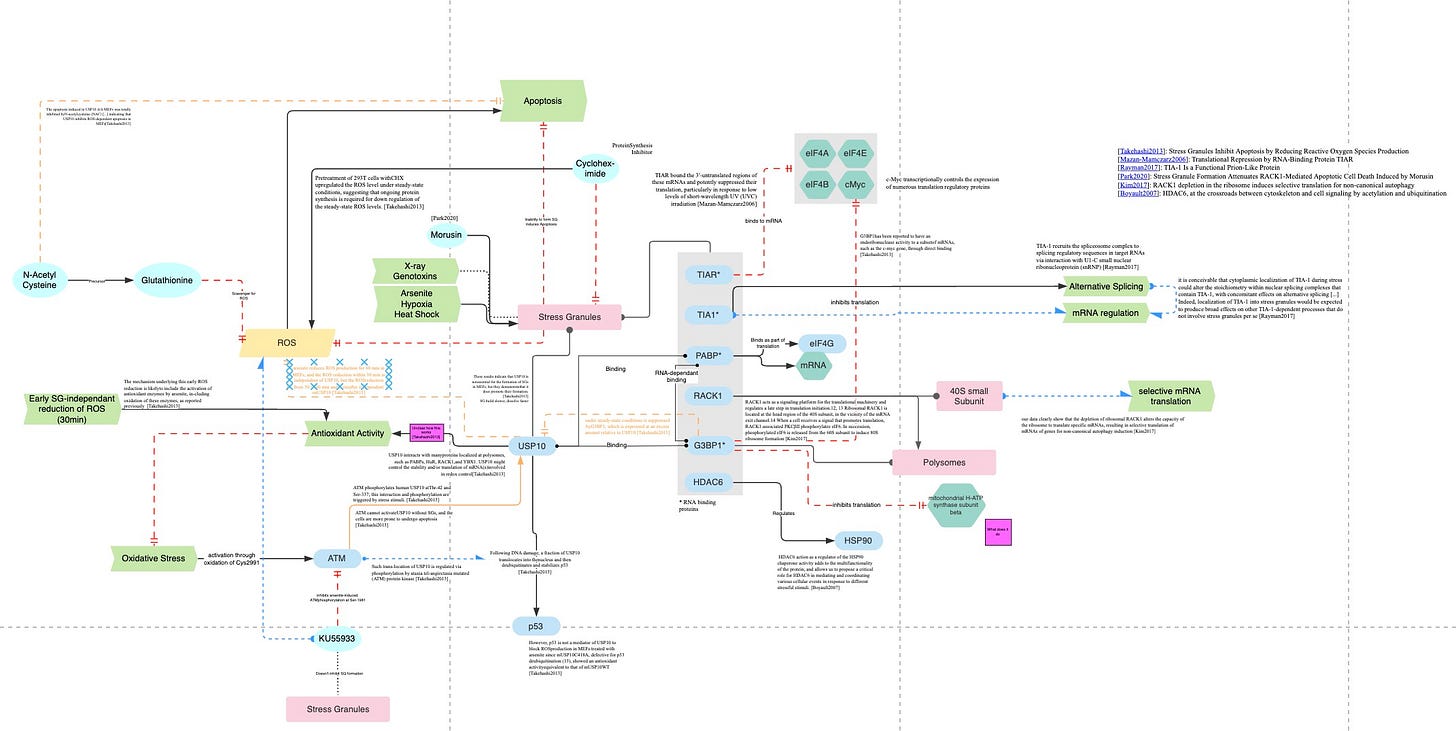
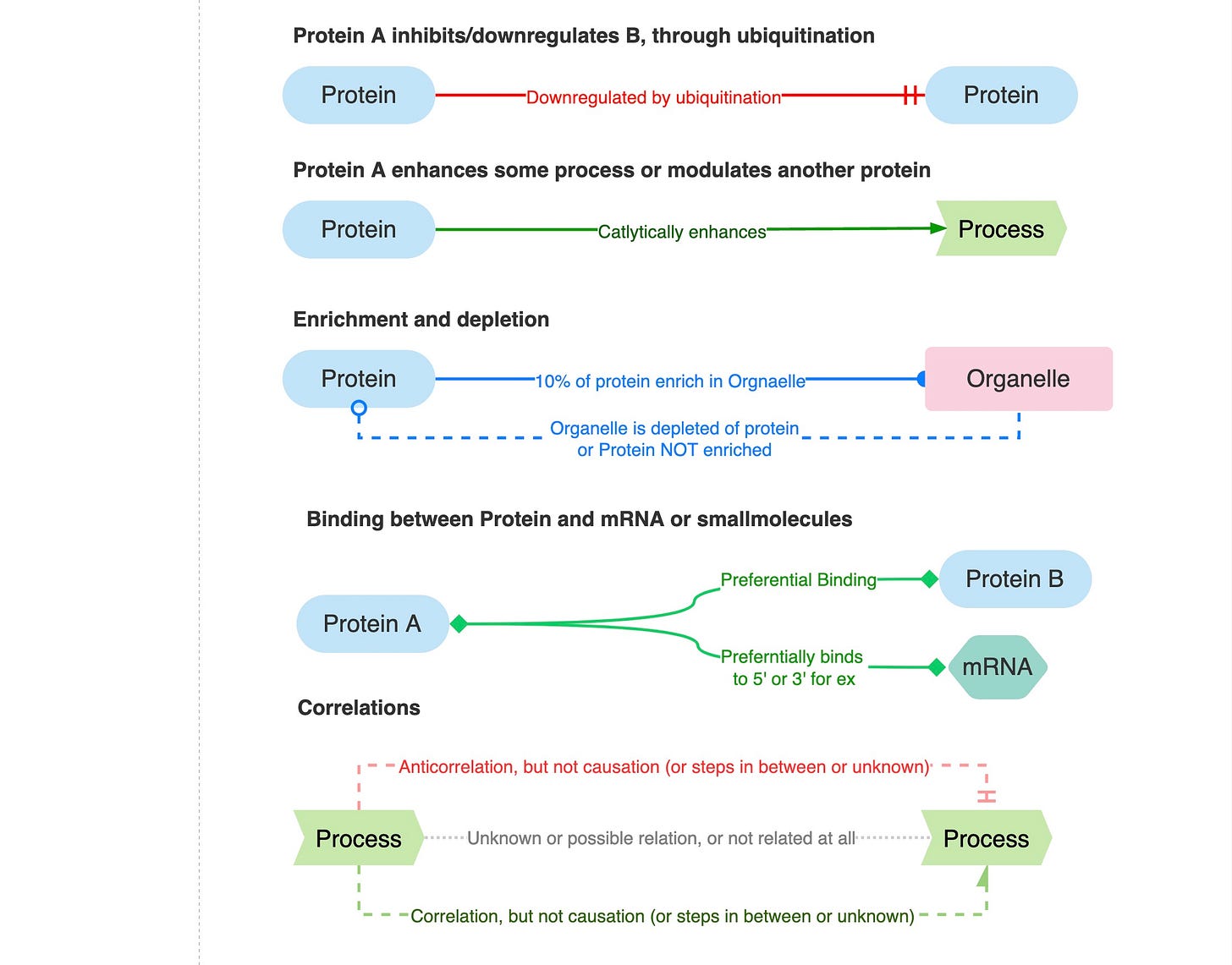
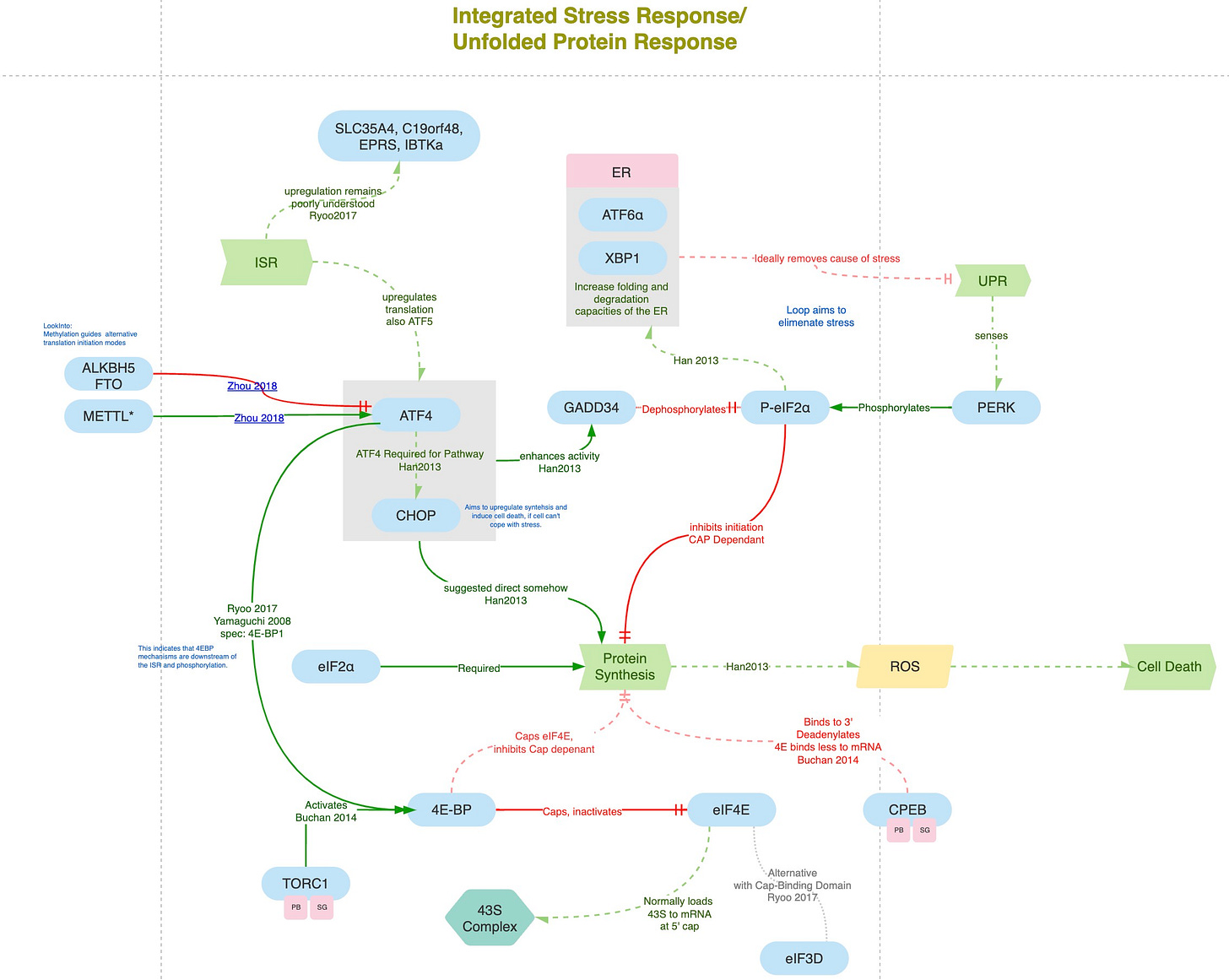
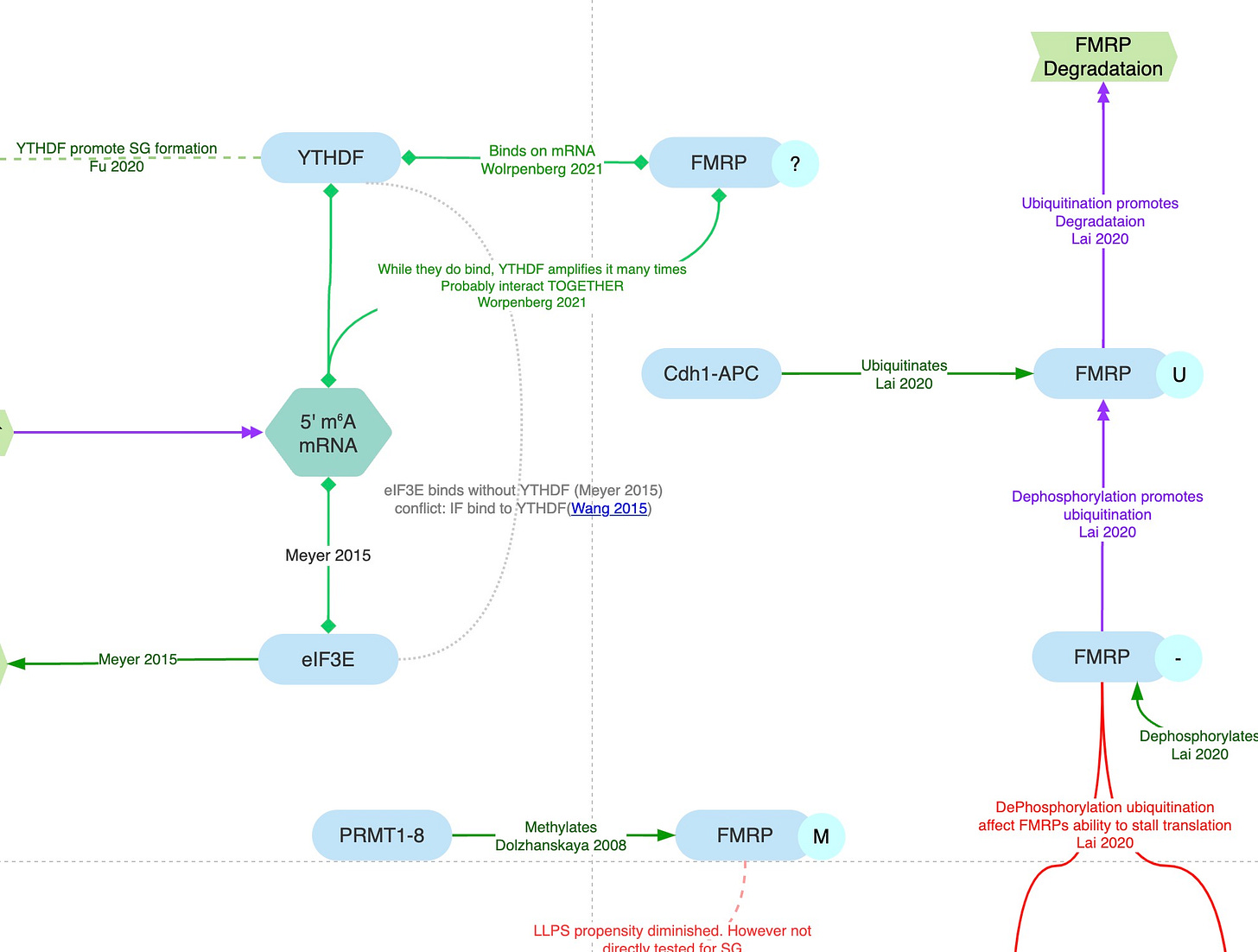

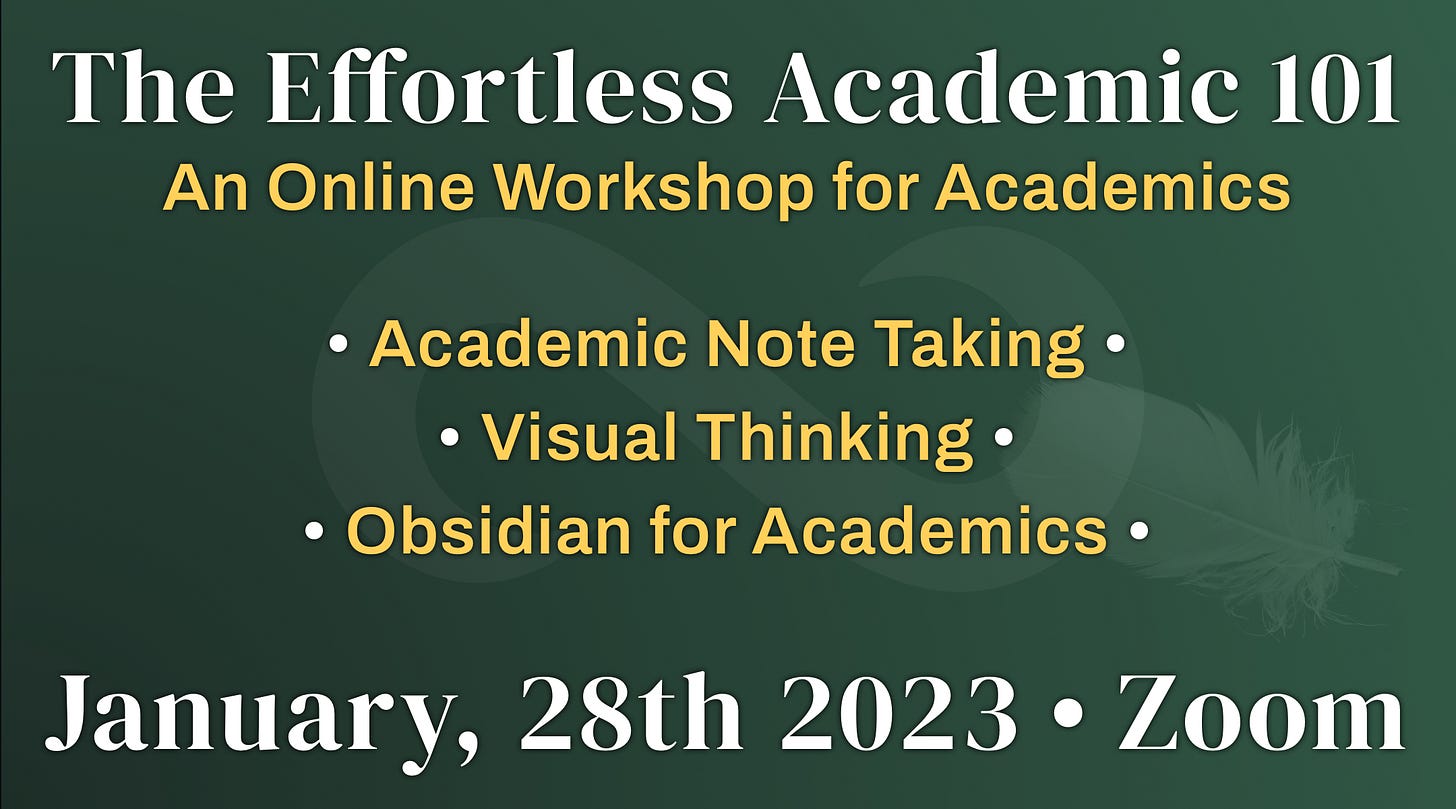
Awesome! Not sure anymore where I found you Ilya, but became an instant follower. While it is a bit too late for my academic career, I will keep my 4 kids posted about your insights.